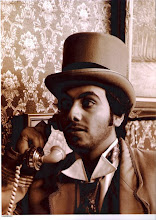Lecture 3. Discusses the new media and social media. In the beginning it describes the definition of technology and media. Technology is considered to be mechanical art and media uses technology for social and cultural communication. It goes on explaining the virtual community as the group of people, who publicly discusses with sufficient human feeling to form the webs of personal relationship. This makes people feel connected without physically being there. Internet has created social revolution by bringing people together irrespective of their geographic location, race, sex or colour. Ego-Centric Social networks emphasis on individual rather than groups of people with common interests. Web 2.0 brought a new era in the web’s history, which is more focused on user’s experience of the technology. the essential features of Web 2.0 includes organising knowledge by means of tags on posts to make users define the categories and user generated content such as photos, images and videos. It also involves open API, which enables open data sharing between services on the internet. This reduces the complication for average people to contribute to the internet; for instance, average people are not capable enough to write on the web site. Thus by creating a service that enables them to write on website easily will bring revolution to the internet.
The section on social media describes the advances in social communication due to internet by means of blogs, Social network services (Facebook, orkut…) and content sharing communities. This has changed the way people spend their time and brought them much closer to each other.
Sunday, December 6, 2009
Subscribe to:
Post Comments (Atom)

No comments:
Post a Comment